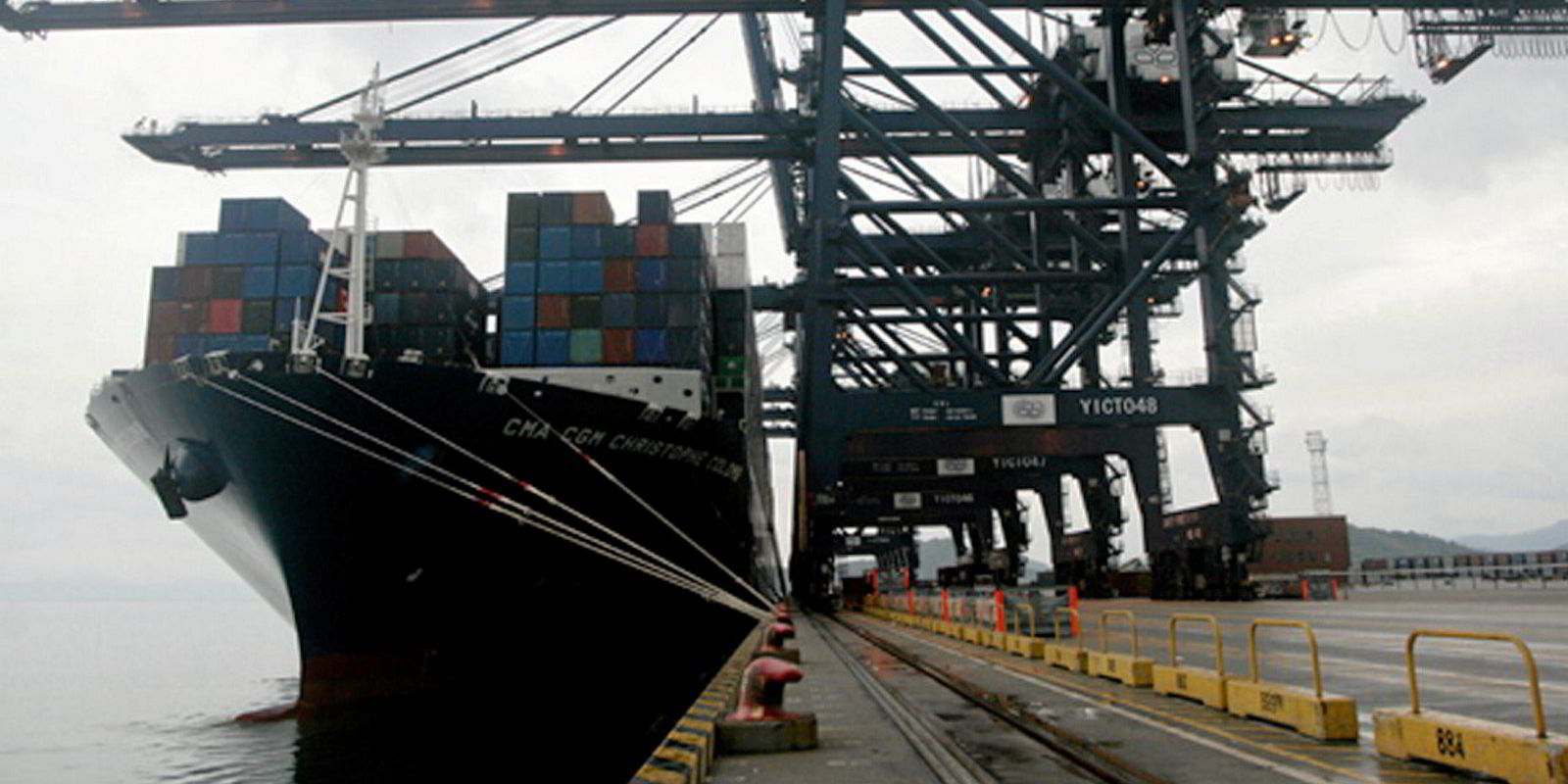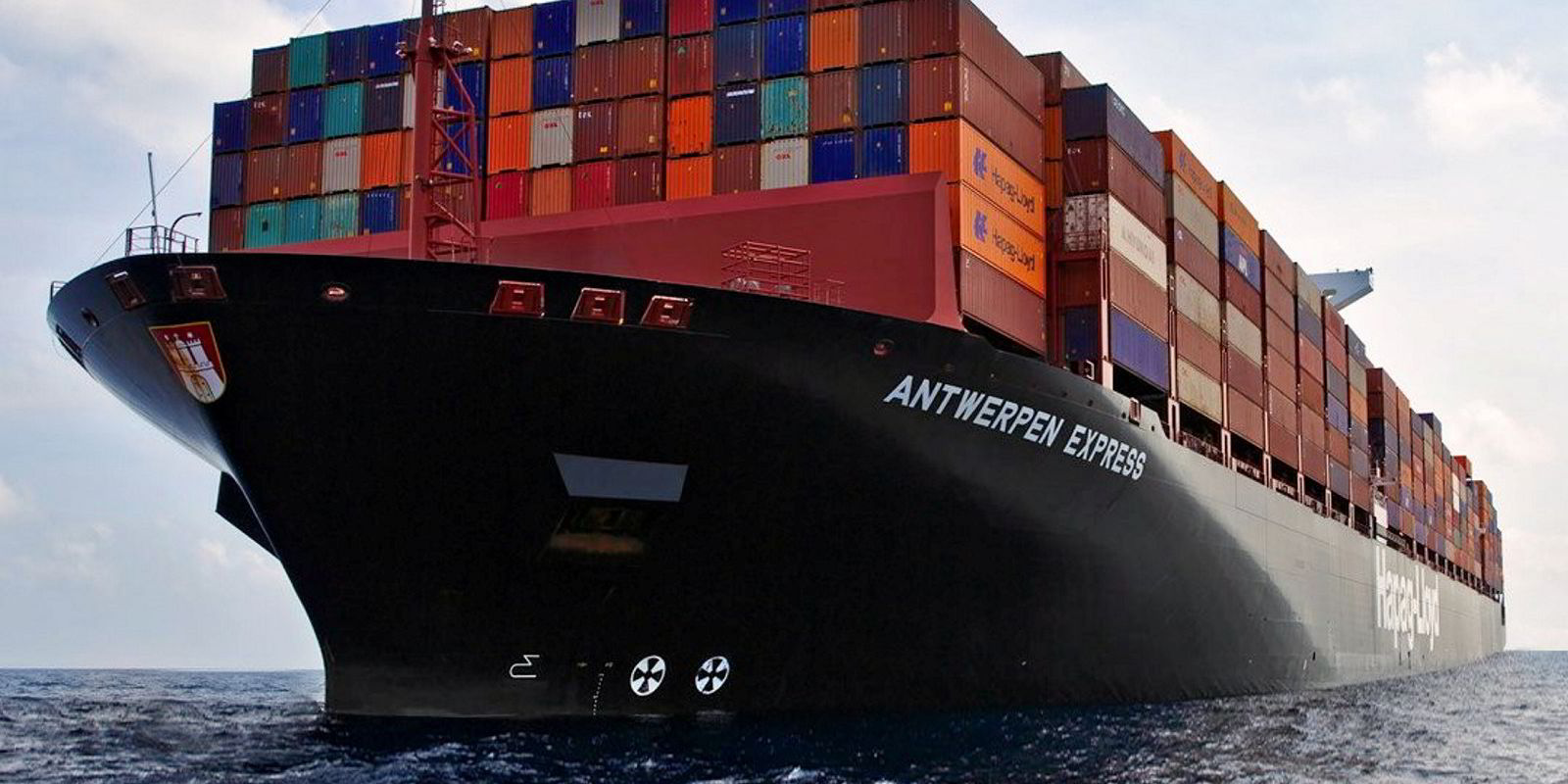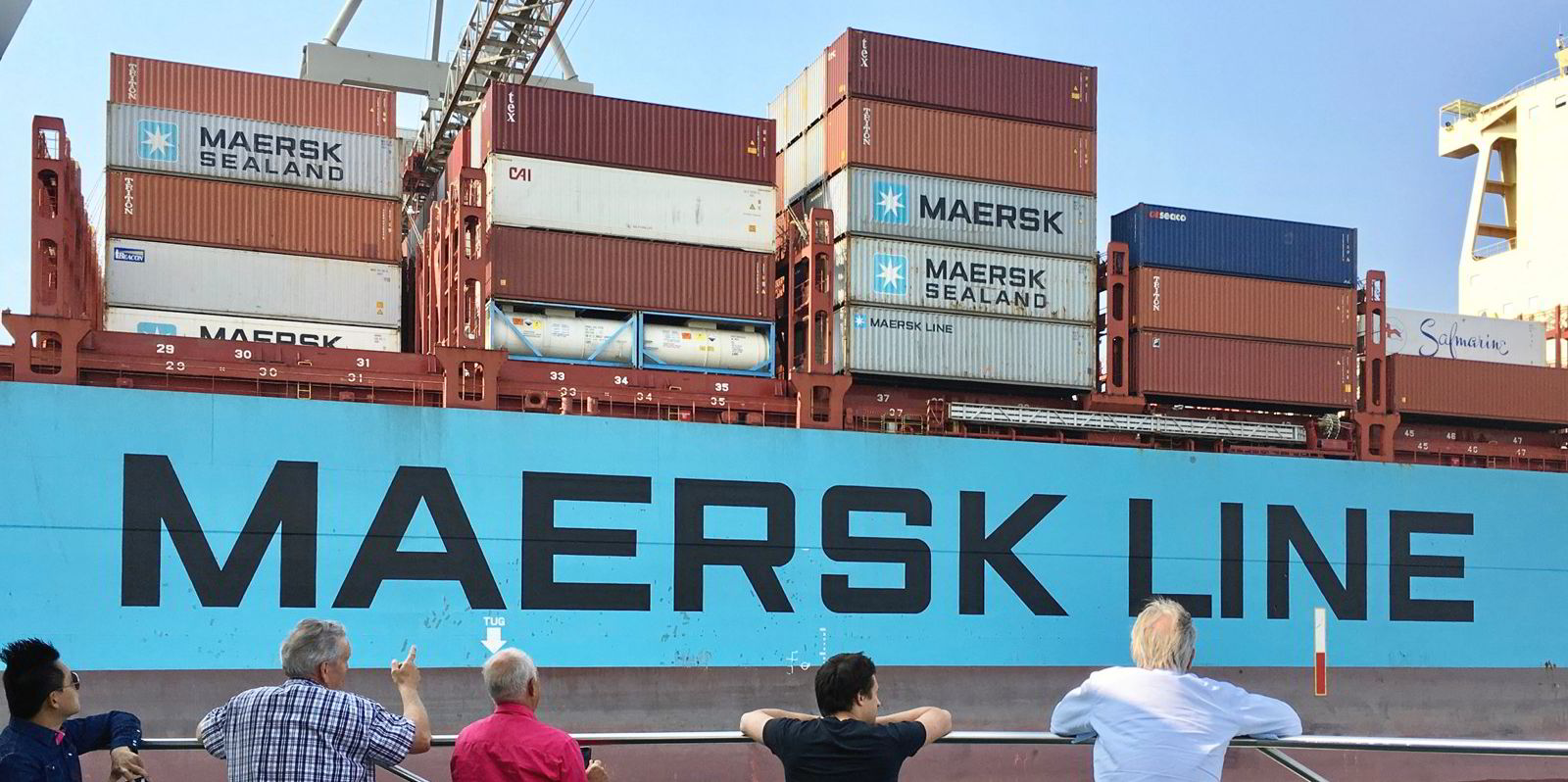Transpacific container freight rates have experienced their first significant drop in weeks, reflecting efforts by carriers to increase capacity on the trade.
Spot rates from Asia to North America dropped a chunky 16% ahead of the Golden Week holidays in China in what some believe is the beginning of the end to an extraordinary peak season.
Rates from Asia to the US west coast dropped to $16,153 per 40-foot equivalent unit (feu) on Thursday, a $3,029 slump from seven days earlier, according to the Freightos Baltic Global Container Index (FBX).
Those from Asia to the US east coast were also down a chunky $3,523 over the same period to $18,711 per feu.
The fall comes after sustained efforts by ocean carriers to significantly increase capacity on the lucrative trade.
Redeploying ships
Several liner operators have transferred containerships to the transpacific in recent weeks in order to cope with a surge in US demand.
Some 21% of total liner fleet is currently deployed on services between Asia and North America, up from 17% in September 2018, according to Alphaliner.
Hapag-Lloyd chief executive Rolf Habben Jansen told a press briefing on Thursday that his company had redeployed ships as one of a number of measures to counter the high demand.
The liner operator had transferred "a small double digit number of ships" to where they were most needed, he said.
Some operators including Wan Hai Lines have shifted an even greater proportion of their fleet towards the transpacific, says Alphaliner.

Around 34% of the Taiwanese operator's fleet by teu capacity is deployed on the Asia-to-North America trade, up from only 7% in September 2018.
Habben Jansen suggested that the container shortage and port congestion was likely to last at least until the first quarter of 2021.
But he expressed the hope for a more normal market after Chinese New Year in February, at least until the next peak season in 2022.
Long term contract rates still rise
While spot freight rates fell have fallen in recent days, long-term contracted container freight rates continue to rise.
Long term container prices climbed 3.2% in September and are 91.5% higher than this time last year, according to the Xeneta Shipping Index (XSI), which measures long term contract rates.
The rise in follows a 2.2% increase in August and an unprecedented 28.1% jump in July.
"There is little evidence to suggest a weakening of market fundamentals – meaning there could be more pain in store for shippers, with colossal profits looming for carriers," Xeneta said.
The drop in Asia-North America spot rates for both coasts is the first significant dip since August.
"The dip may also hint that the peak of peak season demand… could be behind us," said Judah Levine, head of research at the Freightos digital freight marketplace.
Factors pushing spot rates lower may be power outages in China and Covid-19 shutdowns in Vietnam that may be reducing the availability of exports, he noted.
However, Asia-US West Coast rates remain more than ten times their norm before the pandemic, with the spread of spot rates still reaching as high as $30,000 per feu.






